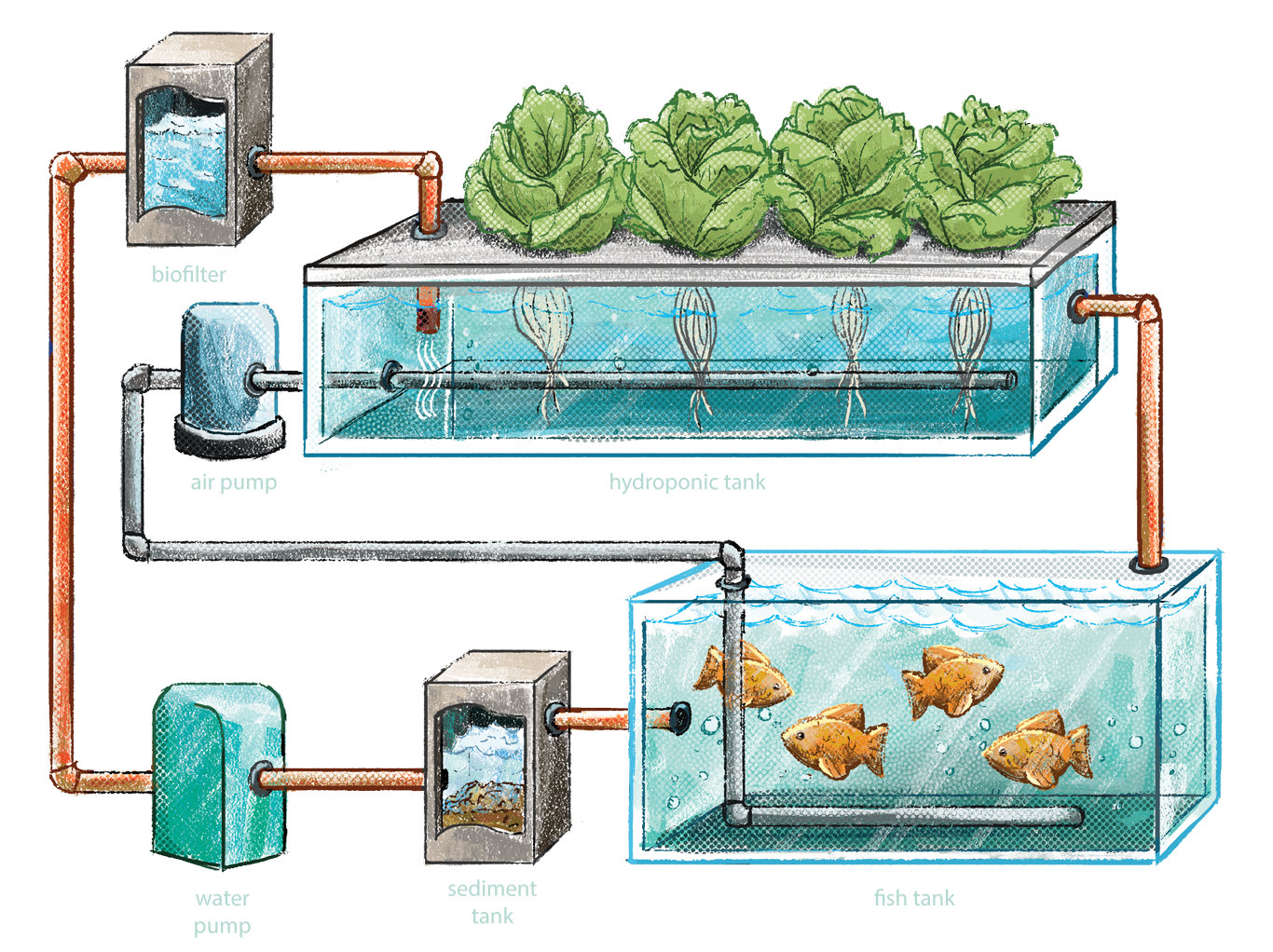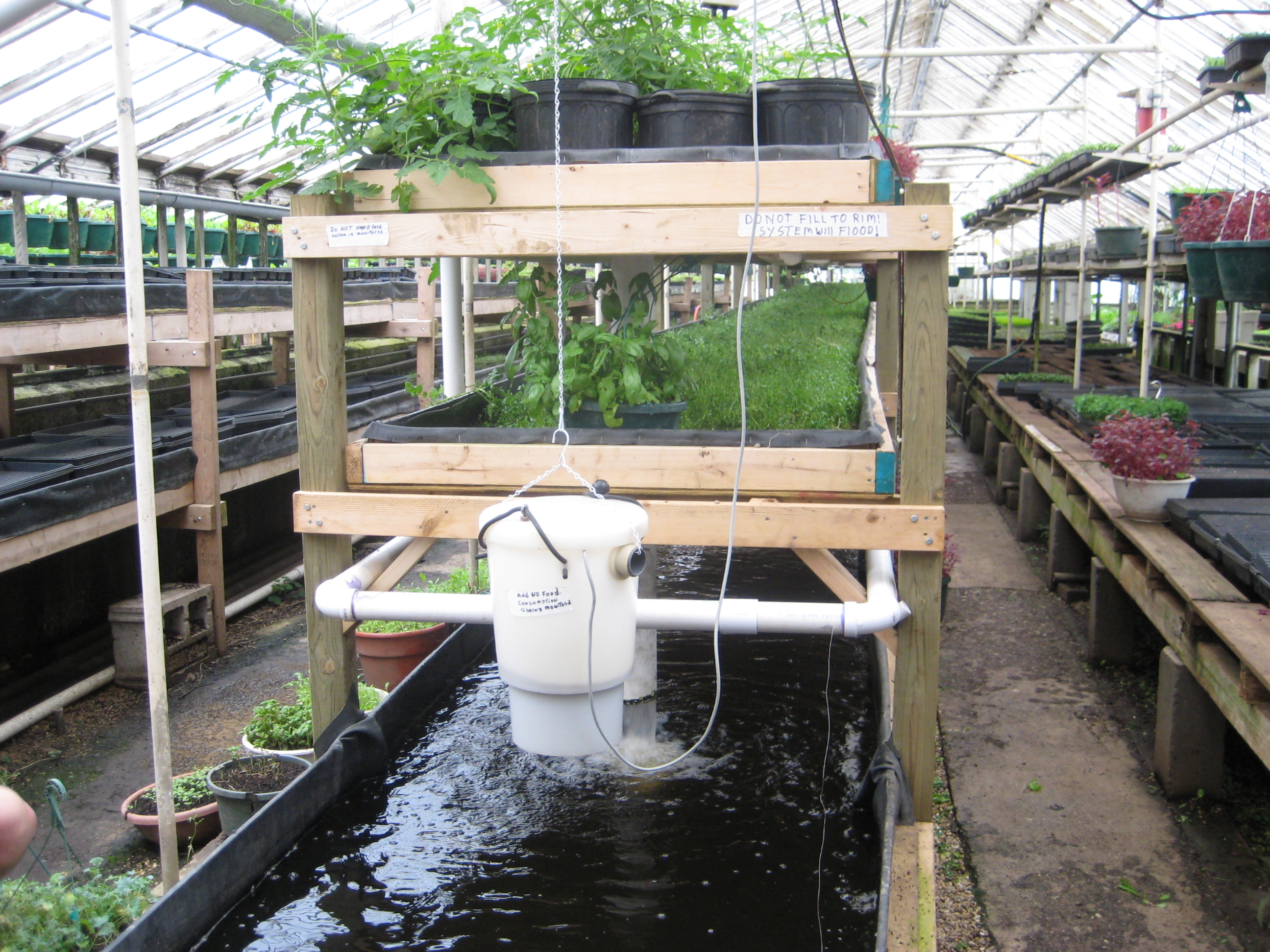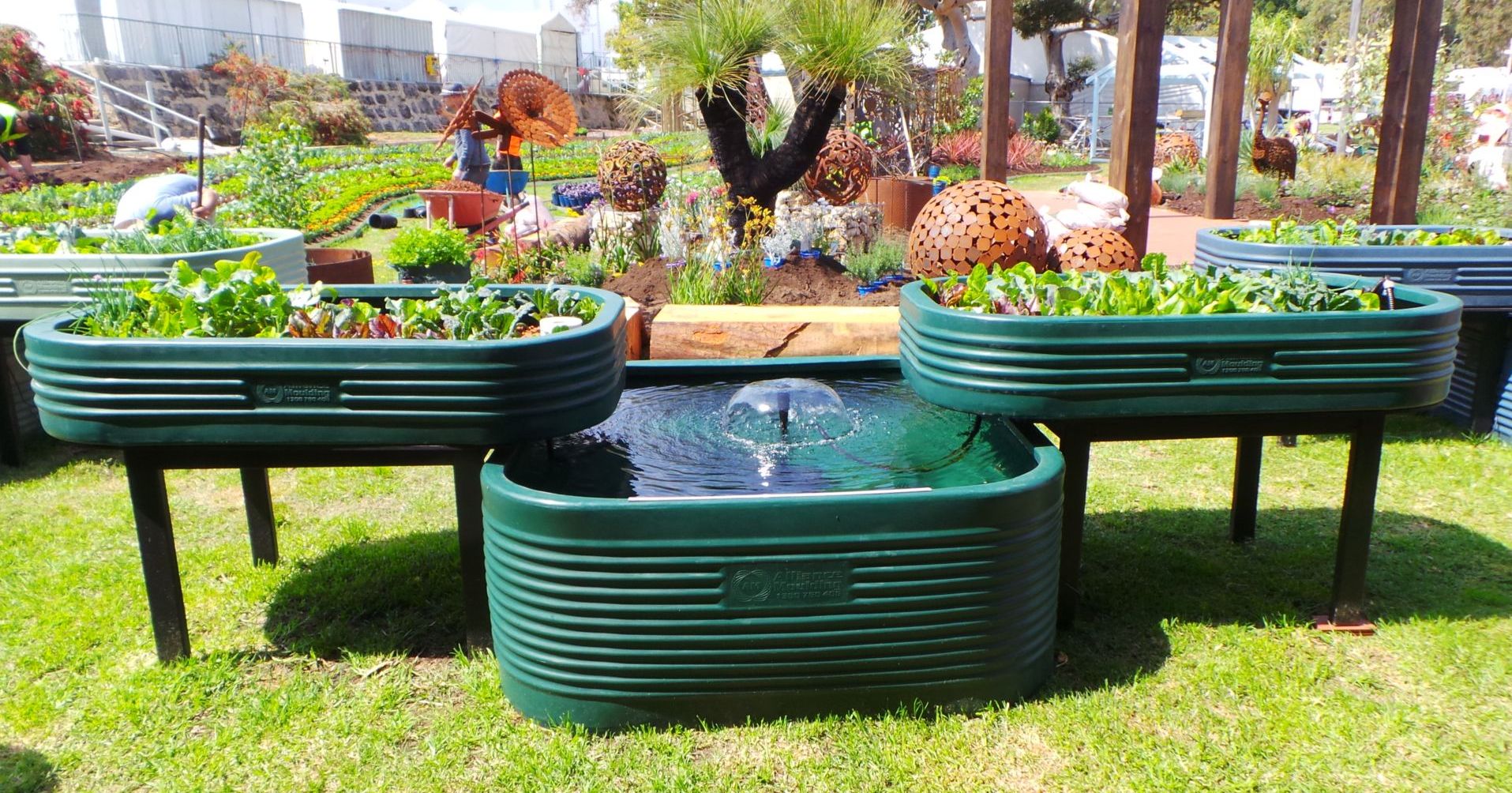Aquaponics Systems: A Practical Guide to Efficient and Sustainable Growth

Aquaponics might sound like a complicated buzzword at first, but break it down into clear, manageable steps and it becomes a surprisingly straightforward way to grow food sustainably. If you’re new to this, the key is understanding the system’s core mechanics and building your confidence gradually — not trying to become an expert overnight.

Here’s a no-nonsense, step-by-step mastery path designed specifically for newcomers who want solid results fast without getting overwhelmed by jargon or expensive gadgets.
Here's where What Exactly Is an Aquaponics System?
At its simplest: aquaponics combines raising fish (aquaculture) with growing plants in water instead of soil (hydroponics). Fish produce waste loaded with ammonia, which is poisonous to them if allowed to build up. But beneficial bacteria convert this ammonia first into nitrites, then nitrates — a form of nitrogen plants love as fertilizer.
Your plants suck up these nitrates through their roots, cleaning the water that cycles back to the fish. You’re basically creating a self-sustaining mini ecosystem where every part depends on each other. Think less “high-tech lab” and more “nature’s feedback loop under your control.”
The immediate takeaway: set up fish tanks and grow beds connected by pumps circulating water. Balance fish numbers with plant demands and keep an eye on water quality daily.
Step 1: Understand the Nitrogen Cycle – The Heartbeat of Your System
This is where beginners get tripped up all the time. Here’s what happens:
- Fish waste releases ammonia.
- Nitrifying bacteria living in your grow bed medium or dedicated biofilters convert that ammonia → nitrites → nitrates.
- Plants absorb nitrates as nutrients.
- Cleaned water flows back to fish.
This “cycling” doesn’t happen instantly; expect 4–6 weeks for bacteria colonies to establish fully before introducing fish safely. Skipping or rushing this stage is a common rookie mistake that kills stock fast.
Pro tip: Don’t guess when your cycle is complete—use test kits (ammonia, nitrite, nitrate readings) every couple of days during startup. It’s boring but saves you tons of frustration later.
Step 2: Choose Your Beginner-Friendly System Type
There are three main system styles:
-
Media-Based Beds
The simplest for starters — plants grow in gravel or expanded clay pellets soaked in nutrient-rich water from your fish tank. These beds also provide ample surface area for beneficial bacteria to live on. -
Nutrient Film Technique (NFT)
A thin film of water flows over bare roots inside channels tilted slightly downward. Efficient but requires precise pump timing and nutrient monitoring — better once you have some experience. -
Deep Water Culture (DWC)
Plants float on rafts directly sitting atop nutrient-rich water; simpler plumbing but demands steady oxygenation for roots.
For newcomers: start with media-based systems because they’re forgiving if mistakes happen — roots won’t drown easily and bacterial colonies thrive naturally inside the media.

Step 3: Secure Your Setup Components
Keep things manageable from day one:
- Fish Tank: Around 50 gallons works well — big enough for stable conditions but small enough for quick troubleshooting.
- Grow Beds: Waterproof containers filled with inert media like expanded clay pebbles.
- Pump: Reliable submersible pump sized roughly at 500 gallons per hour per 100 square feet grow bed ensures good turnover without flooding roots.
- Aeration: Use an air pump with diffuser stones; oxygen-starved fish are stressed fish.
- Water Test Kit: Get something like API Freshwater Master Test Kit—affordable and comprehensive enough for beginners.
Spend around $300-$400 total starting budget if buying new gear; cheaper if repurposing containers or tanks found second-hand but avoid flimsy materials that degrade quickly underwater.
Step 4: Cycling Your System Before Adding Fish
This step deserves repeating because it prevents heartbreaking losses:
- Fill your system with dechlorinated water.
- Add pure ammonia (fishless cycling) carefully dosing per gallon guidelines available online.
- Monitor ammonia → nitrite → nitrate levels daily until readings stabilize showing zero ammonia/nitrite and rising nitrates.
- This process usually takes about one month under normal room temperature (65–75°F).
If you skip cycling or dump fish straight away hoping things will sort themselves out, be prepared for mass casualties within days due to toxic conditions.
Step 5: Introduce Fish Slowly & Wisely
Once cycling confirms a stable environment:
- Stock low—start with just a few hardy species like tilapia (warm climates), goldfish (temperate zones), or koi.
- Feed sparingly twice daily small amounts consumed within five minutes preventing extra waste buildup.
Remember stocking density matters; too many fish = too much waste = crashes unless filtration/aeration upgraded accordingly down the road.
Step 6: Plant Selection & Gradual Expansion
Start simple:
- Leafy greens such as lettuce, basil, spinach thrive initially because they demand fewer nutrients and mature faster.
- After establishing balance (~3 months), experiment adding heavier feeders like tomatoes or peppers cautiously monitoring plant health and adjusting feeding/fertilizing routines accordingly.
Don’t rush fruiting crops before your system can handle their nutrient load — premature attempts cause stunted growth and disappointments that dampen motivation early on.
Step 7: Daily Monitoring – The Key Habit That Saves Systems
Each morning, spend five minutes checking:
- Fish behavior—are they active? Gasping at surface?
- Water temperature consistent?
- pH between ~6.8–7.0?
- Ammonia/nitrite/nitrate levels stable?
Write these data points down in a simple logbook—you’ll start seeing patterns within weeks that guide timely adjustments instead of panic reactions when something goes wrong unexpectedly.
Common Missteps & How I’ve Seen Them Fixed Fast
Beginners often hit similar walls; here’s what trips people up most often—and practical fixes I’ve tested myself:
| Problem | Cause | Quick Fix |
|---|---|---|
| Dead fish shortly after setup | Skipped cycling | Always perform proper cycling before stocking |
| Cloudy water | Bacterial bloom post-feed | Partial water change + mechanical filter cleaning |
| Stressed gasping fish | Low dissolved oxygen | Add/upgrade air pumps immediately |
| Yellowing leaves | Iron deficiency | Dose chelated iron supplements cautiously |
| Algae taking over grow beds | Excess light + nutrients | Reduce light exposure hours + manual scrubbing |
Failures aren’t failures—they’re lessons encoded in real-time feedback demanding slow mastery rather than instant perfection.

Advanced Tips When You’re Ready To Scale
Once comfortable managing basics confidently:
- Install mechanical filters upstream of biological beds so solids don’t clog bacterial colonies
- Automate pumps/timers reducing human error especially if running multi-tank setups
- Incorporate smart sensors tracking pH/temperature remotely alerting issues proactively
- Consider crop rotation mixing leafy greens with legumes improving nitrogen balance naturally
- Increase aeration via fountains or venturi injectors boosting oxygen saturation dramatically
I once helped a local urban farm revamp their aquaponics system following these upgrades; production increased by nearly 40% while reducing labor significantly—a testament that scaling thoughtfully pays off far beyond crude expansion attempts alone.
Real-Life Example That Might Inspire You
Sarah from Oregon began her backyard aquaponics adventure growing only lettuce indoors during winter months using media beds paired with tilapia tanks heated modestly via aquarium heaters (~$60 each). She documented cycles meticulously over six months noting how temperature dips correlated with DO drops causing temporary slowdowns in plant growth—but nothing she couldn’t fix by adding inexpensive aerators ($25 on Amazon).
By year two she introduced tomatoes successfully while neighbors marveled at her year-round harvests despite freezing temperatures outside; Sarah credits her success not just to technology but patient daily observation plus community support forums where she asked dumb questions freely early on without judgment—a crucial mindset shift newcomers must adopt immediately!
Tools & Resources That Actually Make Life Easier
No need to buy everything top shelf off the bat but reliable gear helps reduce headaches immensely:
| Item | Why It Helps |
|---|---|
| API Freshwater Test Kit | Accurate chemical monitoring crucial |
| Tetra Whisper Air Pump + Diffuser Stones | Silent operation keeps stress low |
| Digital Timers | Automate routine pumping/light cycles |
| "Aquaponic Gardening" by Sylvia Bernstein* (vintage but solid basics) | Clear foundational reading |
| Online Forums/r/Aquaponics Communities | Real-time problem solving & peer mentoring |
*Books alone won’t replace hands-on practice but great companions alongside active engagement build skills fastest.
Final Action Plan For Newcomers Ready To Build Confidently
- Define why you want aquaponics—hobby garden? Year-round produce? Commercial venture? This focuses scale decisions upfront.
- Start small media-based system with one tank + grow bed combo easy to maintain physically/logistically at home/apartment balcony level.
3 . Budget $300-$500 sourcing sturdy containers/pumps/tests locally or used selectively avoiding cheap flimsies prone failure early on costing more time/money long term.
4 . Cycle thoroughly using fishless method waiting full maturity confirmation before adding live animals – patience pays dividends here!
5 . Stock low initially choosing resilient easy-to-source species locally recommended adapting feeding conservatively learning animal care fundamentals stepwise confidently
6 . Begin planting quick-growing leafy greens only moving slowly towards complex crops once confident balancing parameters established securely
7 . Schedule easy daily checks recording data developing intuition about subtle ecosystem shifts spotting problems early enabling proactive fixes
8 . Join online communities sharing notes/questions openly accelerating learning curve dramatically through collective wisdom leveraged diligently
Don’t expect perfection out of gate—aim for consistent incremental improvements weekly celebrating small wins fueling momentum over seasons turning complexity into approachable routine naturally mastering symbiotic benefits unique aquaponics offers sustainably grown nutritious food practically anywhere!
You’re not alone embarking here; dozens before struggled exactly where you stand now yet flourished applying this practical framework steadily adapting patiently becoming accomplished growers proud watching their ecosystems hum quietly productive—so buckle in mentally prepared for steady progress fueled by curiosity tempered wisely through disciplined habits …you will get there faster than you imagine!



